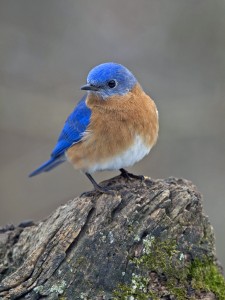 People love birds, and that makes it relatively easy to mobilize citizen scientists for bird research. Recently, the International Rusty Blackbird Working Group did just that to learn more about the spring migration of a bird that is in a mysterious decline. The insights are still to come, but the data collection has been deemed a success.
People love birds, and that makes it relatively easy to mobilize citizen scientists for bird research. Recently, the International Rusty Blackbird Working Group did just that to learn more about the spring migration of a bird that is in a mysterious decline. The insights are still to come, but the data collection has been deemed a success.
Read more in the US Fish and Wildlife Service Northeast’s blog, here.
In a PLoS ONE paper, researchers from the Cornell Laboratory of Ornithology and the University of Wisconsin, Madison analyzed a review article of the impacts of climate change on bird migration and found that citizen scientists played an important role in gathering the data that the findings were based on.
“Our paper is a chance to say thank you to the many people who are citizen scientists,” said lead author Caren Cooper, a research associate at the Cornell Lab of Ornithology said in a lab press release announcing the paper. “These people are part of the process of creating new knowledge—and whether it’s counting birds or butterflies, gazelles or galaxies, they should know that their observations really make a difference in professional science.”
Read the PLoS ONE paper here. (It is open access.)
Read the Cornell Lab of O press release here.
Photo: Through projects like the Cornell Lab of Ornithology’s NestWatch, citizen scientists have provided the data to document regional differences in the breeding cycle of the Eastern Bluebird. Photo © Gary Mueller/Cornell Lab.

 It has bird week here at State Wildlife Research News, but Environmental Health News is dedicating months to articles reflecting on birds and environmental health. The publication’s
It has bird week here at State Wildlife Research News, but Environmental Health News is dedicating months to articles reflecting on birds and environmental health. The publication’s 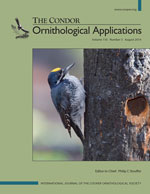 In honor of two major reports on bird conservation released last week, it is going to be bird week here at State Wildlife Research News. First, the science journals. If the State of the Birds has you wondering what and where your state can be doing bird conservation better, the
In honor of two major reports on bird conservation released last week, it is going to be bird week here at State Wildlife Research News. First, the science journals. If the State of the Birds has you wondering what and where your state can be doing bird conservation better, the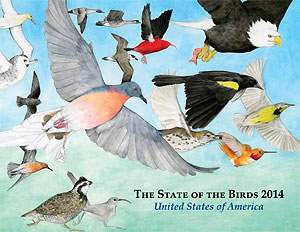 According to a
According to a 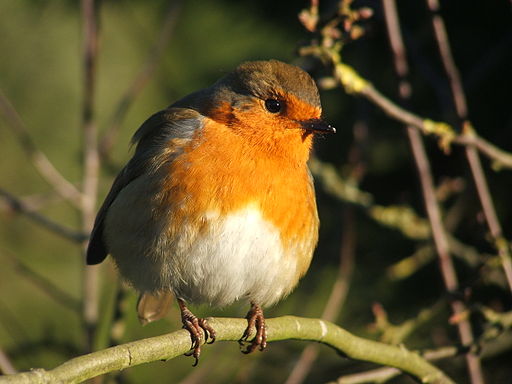
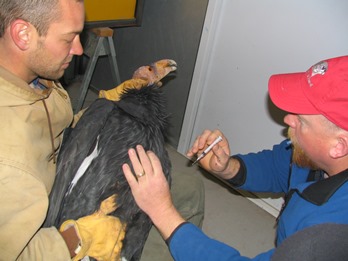 It’s been a good year for lead levels in condors in Arizona and Utah. While last year saw the second worst levels on record, this year saw the lowest level in a decade, says a
It’s been a good year for lead levels in condors in Arizona and Utah. While last year saw the second worst levels on record, this year saw the lowest level in a decade, says a  Canadian researchers found that European birds flee before an approaching car at an interval that is consistent with the road’s speed limit, but not with the actual speed of the approaching car. So birds on a highway fled sooner than birds on local, residential roads. The researchers studied roads in three speed categories.
Canadian researchers found that European birds flee before an approaching car at an interval that is consistent with the road’s speed limit, but not with the actual speed of the approaching car. So birds on a highway fled sooner than birds on local, residential roads. The researchers studied roads in three speed categories.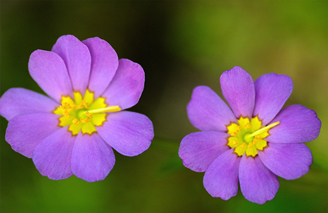 Nineteen new species have been added to Nova Scotia’s list of species at risk, bringing the total listed in the province to 60, according to a
Nineteen new species have been added to Nova Scotia’s list of species at risk, bringing the total listed in the province to 60, according to a 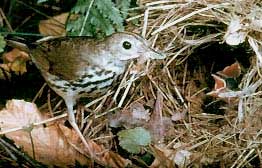 The recent issue of
The recent issue of